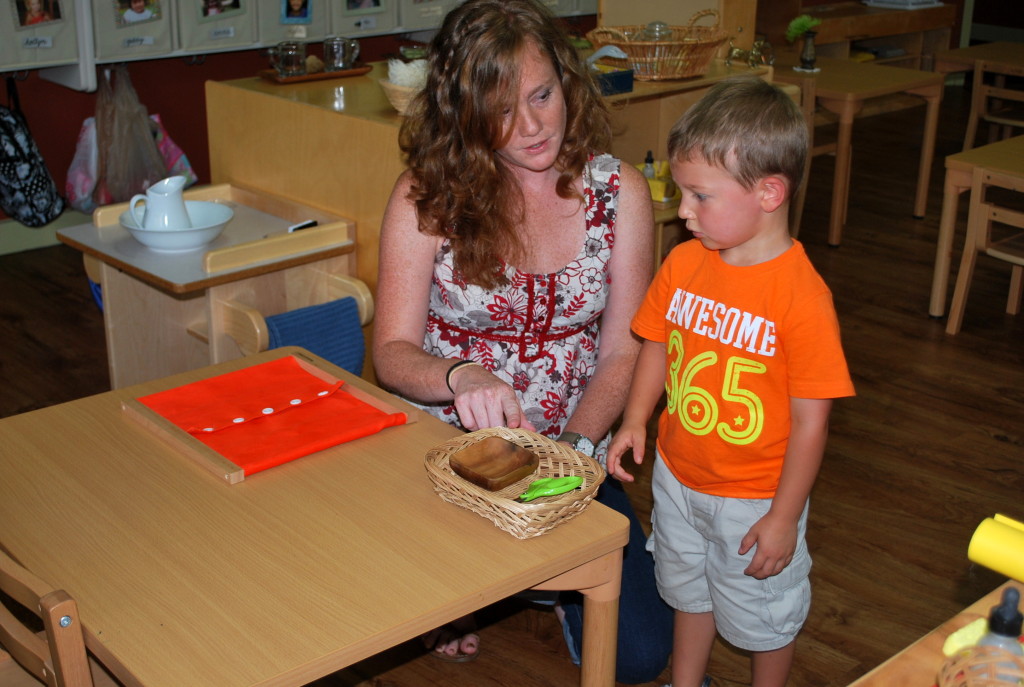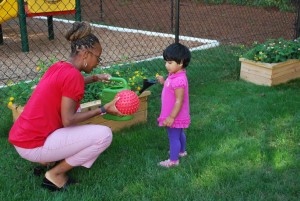The choices we make have a direct relationship with our actions and consequences. This is why, in the Montessori school, teaching the children how to make good choices is one of the most important lessons we can provide for them.
When we give the children clear, realistic, contained choices, we are helping them feel secure, powerful and responsible.
In the Montessori classrooms the first exposure to choices is given by the physical environment. For example, very soon after joining the community, the children realize there is only one of each piece of material in the classroom. In this way, the environment naturally limits the choices presented to the child when choosing work.
For some children, especially those that have just joined the community, choice of work needs to be even more limited. In this situation, the Guides in the classroom normally offer two choices to the children. When we give them choices, we have to make sure they are listening to us and also that they truly understand the choices we are offering. We communicate choices in a way that is relatable and approachable for the child. For example, we bend down to the child’s level, make eye contact, and use an inviting tone of voice.
When children have difficulties making the right choices, it is normally because the environment around them is confusing, filled with over-stimulation, does not have a stable routine, or is not fulfilling their human tendency for order. In addition, the adults around them may not be communicating clearly with them.
Clear choices produce positive behaviors, productive work, independence, and love for learning.
When offering choices to the children start by giving them a guiding statement, for example:
- It is going to be cold today. Would you like to wear this sweater or this jacket?
- We are leaving in 5 minutes. Would you like to wear these sandals or your tennis shoes?
- I can see that you are very excited about all these sweets. You can choose between this lollipop or this chocolate bar.
When doing this in a place where there are a lot of options in front of them, try to physically isolate the two choices that you are giving to the child.
As children grow and mature, you can offer choices that are more complex and make introductory statements that help the child understand the consequences of his/her choice. For example:
Remember how your body feels a little funny when you eat this kind of candy. Would you like to have this Popsicle instead?
A few years ago, I had a 4 year old child in my class that told me this:
“Ms. Marcela, I cannot eat this chocolate muffin, because my brain goes around and around. I can only eat the blueberry kind.”
This kind of reasoning ability is what we hope the children will develop in the Montessori environments. I could really tell how he was already developing awareness about himself and the consequences of his choices.
There is an immeasurable benefit for both parents and children when we as adults take the time to help them improve their ability to make good choices.


